Holding losers open… taking profits too early… moving a stop up too soon…
There’s A LOT of mistakes you can (and will) make trading trading forex.
But whilst we’ve all heard and been told about the mistakes above thousands of times before, there’s others that are also very damaging, and that only a few people know about.
One of the worst…
Assuming your strategy goes through good/bad periods because of chance.
Sound confusing?
Let me explain…
What Most Traders Don’t Realize About Their Strategy
Have you ever been through a cold patch?
…No, not the type you go through with a girlfriend – we’ve all been through them.
I’m talking about a trading cold patch; where your strategy either doesn’t give any signals for a while or gives an abnormal amount of losing signals?
Chances are you have, and I have too – many times, unfortunately.
Most traders put cold patches down to luck… they assume it’s just a part of trading and that it’s something each and every strategy goes through regardless of how it’s traded.
For the longest time, I also believed this was true.
But when I started thinking about it a few years back and going over how my various strategies worked I realized it’s not the case.
Cold patches aren’t just a ‘part of trading’ that happen because of luck, they’re caused by something else entirely…
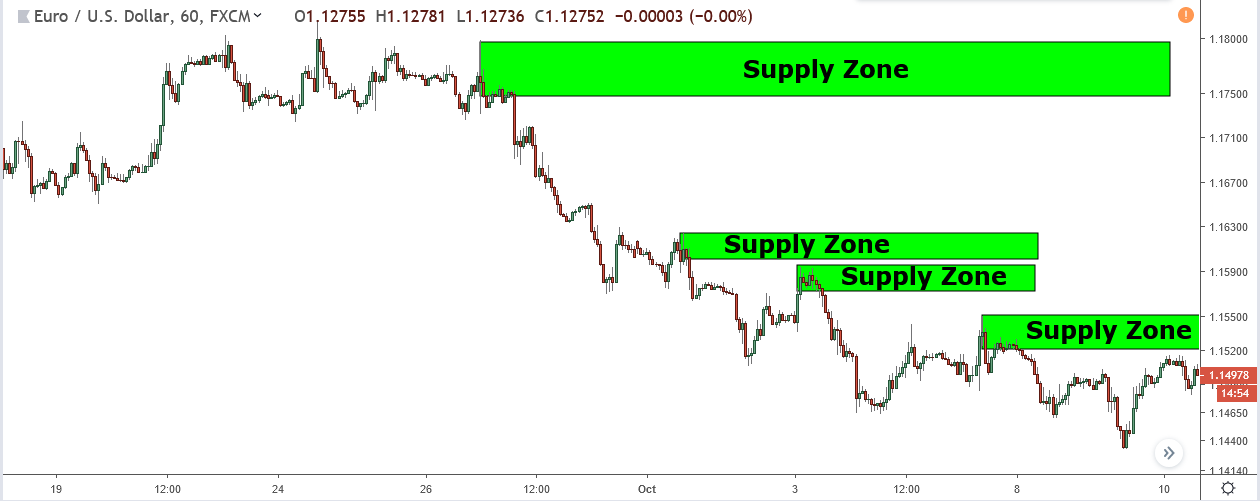 This is what the typical cold patch looks like trading supply and demand zones.
This is what the typical cold patch looks like trading supply and demand zones.
During this down-move which lasted around 5 days, 4 supply zones formed, none of which gave a sell signal we could use to get short.
Not a great week.
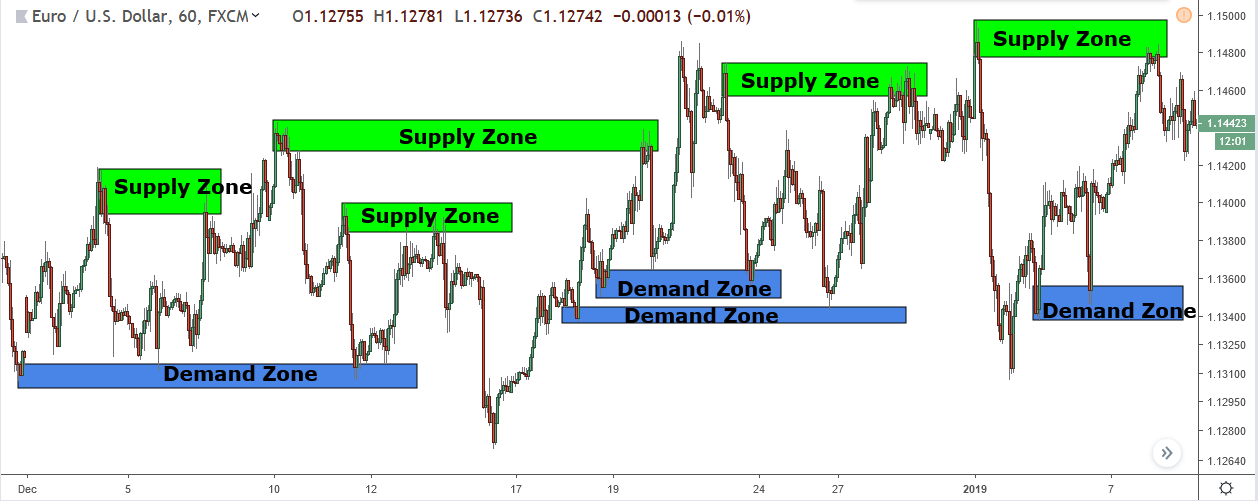
Here’s some more zones, this time that formed during a consolidation.
You can see that unlike the zones that formed during the down-move, the zones that appeared here ended up working – minus two which caused the price to reverse soon after.
So, what’s going on here?
Why did the zones in the decline not work and cause us to enter a cold patch whilst the zones that formed during the consolidation ended up being successful?
The answer is simple…
Because strategies don’t work the same in all conditions.
Most traders have a one size fits all type view of their strategy, in that they think their strategy is supposed to work the same regardless of what currency is being traded, what time it is, or what the current conditions are.
It makes sense to think this, and as I said earlier, was something I also believed for a long time.
But when you look at how and when strategies work it’s obvious that it’s simply not true.
Take supply and demand for instance…
Supply and demand zones work great when the price is either consolidating or trending in a choppy fashion – such as it is in the image above.
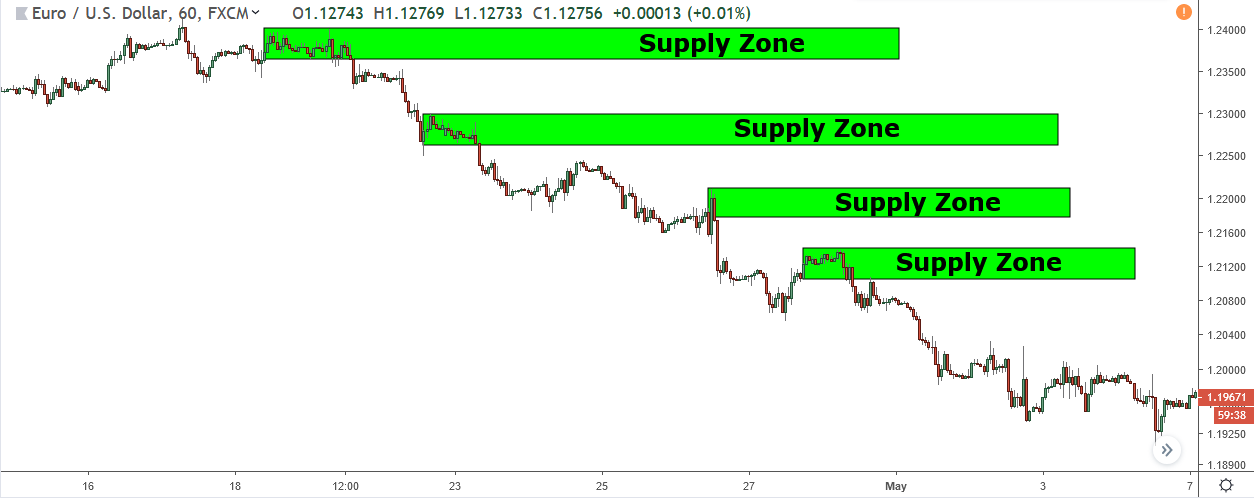 But they don’t work well when the price is in a strong trending move, which is when it’ll usually cause a cold patch.
But they don’t work well when the price is in a strong trending move, which is when it’ll usually cause a cold patch.
If you didn’t know this, that zones work best in consolidations and choppy moves, when you go through a cold patch you’re just going pass it off as just being part of the strategy… you won’t bother trying to find a fix for it because you don’t believe it’s a fixable problem.
This is why it’s so important to understand cold patches.
If you don’t know when or why your strategy goes through cold patches and simply believe it’s ‘because of the way it works’ you’re not going to attempt to fix it, which means you’ll continue to miss out on a lot profit.
The Easiest Way To Stop Cold Patches
It isn’t possible to stop your strategy from going through a cold patch… it’ll always happen regardless of what strategy you use or how good a trader you become.
Now that being said, there is a way to continue making money and getting signals when one appears.
How?
By using other techniques and strategies.
Different strategies and techniques work during different conditions.
So by using a strategy or technique that works well when your ‘core’ strategy goes through a cold patch, you can remove the barren run of signals and continue making money.
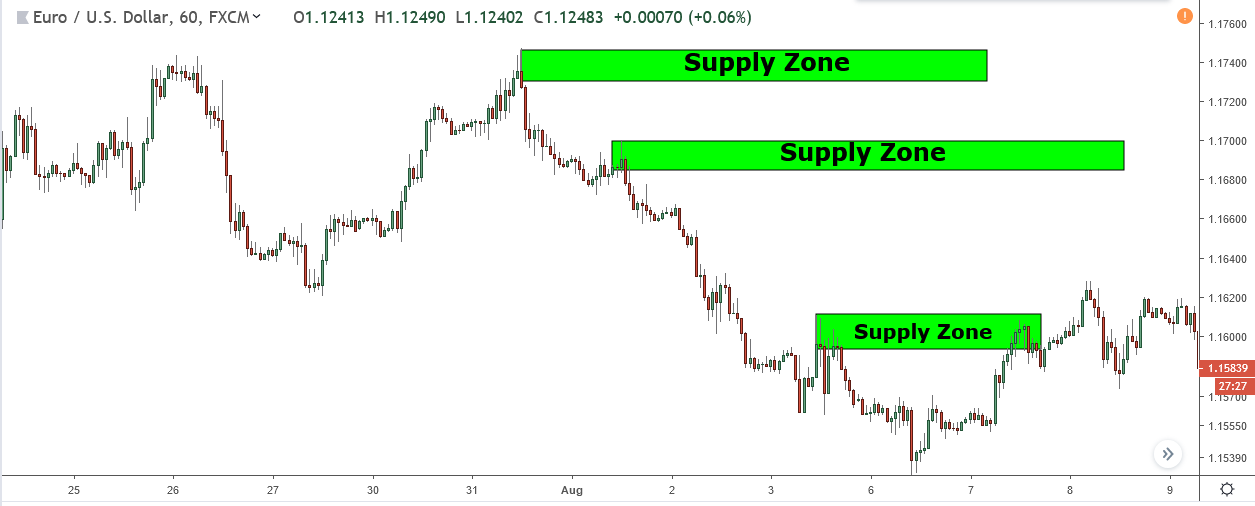
During this cold patch on Eur/Usd 3 supply zones formed, only one of which the price touched and gave an entry – an entry that ultimately wouldn’t have worked.
This is the typical type of cold patch you have trading S + D.
But look at how different this would have been if instead of just looking for trades from supply zones you also looking for pin bars to form at resistance levels.
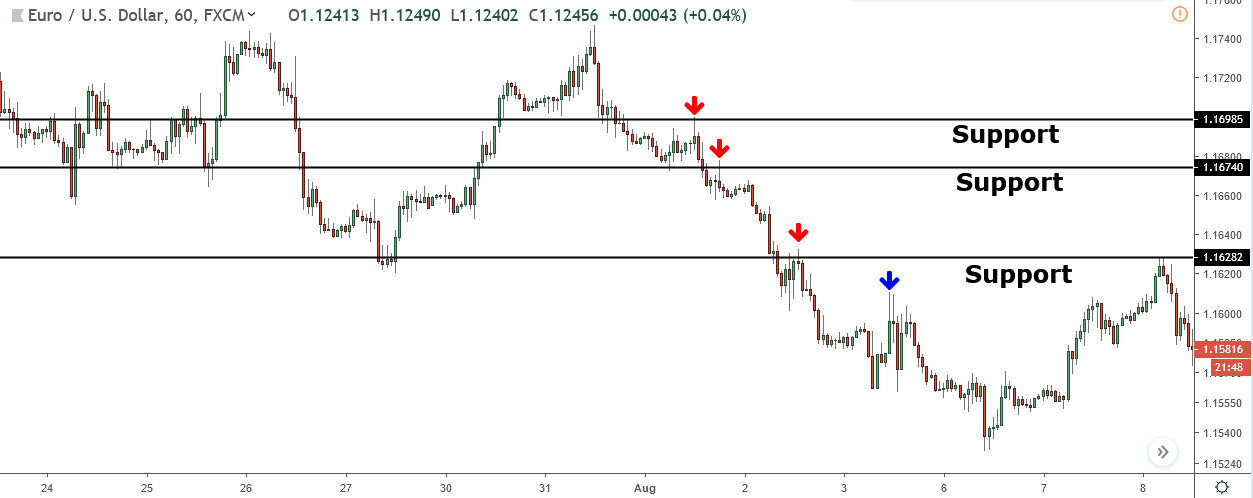
Pretty telling, isn’t it?
Whereas you only got one signal trading supply zones on their own – a signal that didn’t work – trading pins alongside zones gave you 3, all of which turned out to be successful and turned this ‘cold patch’ into a pretty decent spell.
This is what trading multiple strategies can do for you.
By using other strategies/techniques alongside your main strategy you’ll continue to receive good signals when your main strategy isn’t working well, mitigating the effects a cold patch will have and allowing you to continue making money.
Easy.
Summary
It’s a good idea to test different combos of strategies/techniques, to see what works well together. Looking for pins at support/resistance whilst trading S & D is a good one, but there are many more out there you can use that also work really well.

Very enlightening Liam